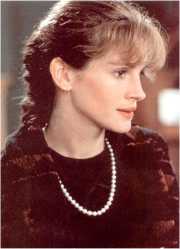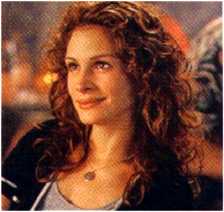1. Types of Processing: (bottom-up vs top-down)

A. Bottom-up Processing:
example:
B. Top-down Processing:
another example:
FINISHED FILES ARE THE RESULT OF YEARS OF SCIENTIFIC STUDY COMBINED WITH THE EXPERIENCE OF MANY YEARS.
II. Pattern & Object Recognition
1. Types of Processing: (bottom-up vs top-down)
A. Bottom-up Processing:
example:
B. Top-down Processing:
another example:
FINISHED FILES ARE THE RESULT OF YEARS OF SCIENTIFIC STUDY COMBINED WITH THE EXPERIENCE OF MANY YEARS.
2. Bottom-up Theories of Pattern Recognition
A. Template Matching Theory:
Problems with template theory:
1) huge number (2D):
2) huger number (3D):
3) time:
4) creation:
e.g. face perception



B. Prototype Models:
e.g. experiment to test--
Stimuli have 4 dimensions that can vary on (red/green; big/small; square/circle; solid/striped)
Prototype = red, big, square, solid
Instance 1: green, big, square, solid
Instance 2: red, small, square, solid
Instance 3: red, big, circle, solid
Instance 4: red, big, square, striped
C. Feature Detection Theories:
Good because:
1. more flexible
2. less storage needed
Problem:
. . . . . . . .
D. Structural Models:
Problem: objects with similar features
E. Problems with all bottom-up theories
i. cannot explain context effects
example 1:
example 2:


Target Face . . . . . . . . . . .Related Face. . . . . . .Unrelated Face
(Bill Clinton) . . . . . . . . . . . (Al Gore) . . . . . . . . (Mel Gibson)Reaction time in recognizing Clinton: 827 ms
Reaction times when preceded by Clinton's face:
Related Face:
Unrelated Face:
ii. cannot account for role of experience
e.g. face perception
. . . . .
3. A Top-down approach to pattern recognition -
A. people process overall meaning (gist) of a scene
change blindness -
exp: Simons & Levin (1997) - experiment on change blindness
Design: ask people for directions
Midway through conversation, a door is brought in between & the person asking directions is switched.
Dependent Variable: does the subject know the person asking directions is different?
Results:
Conclusions of Simons & Levin